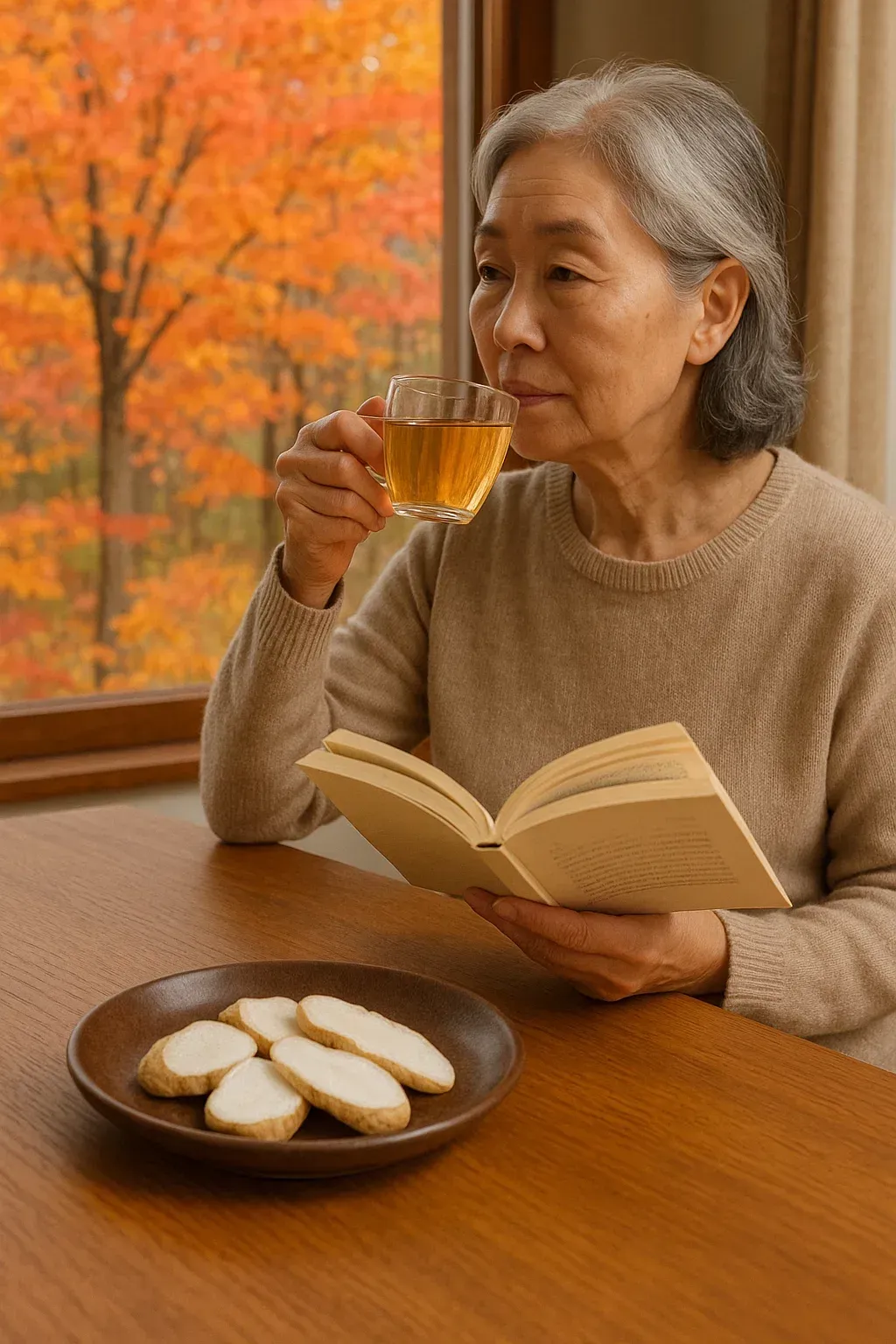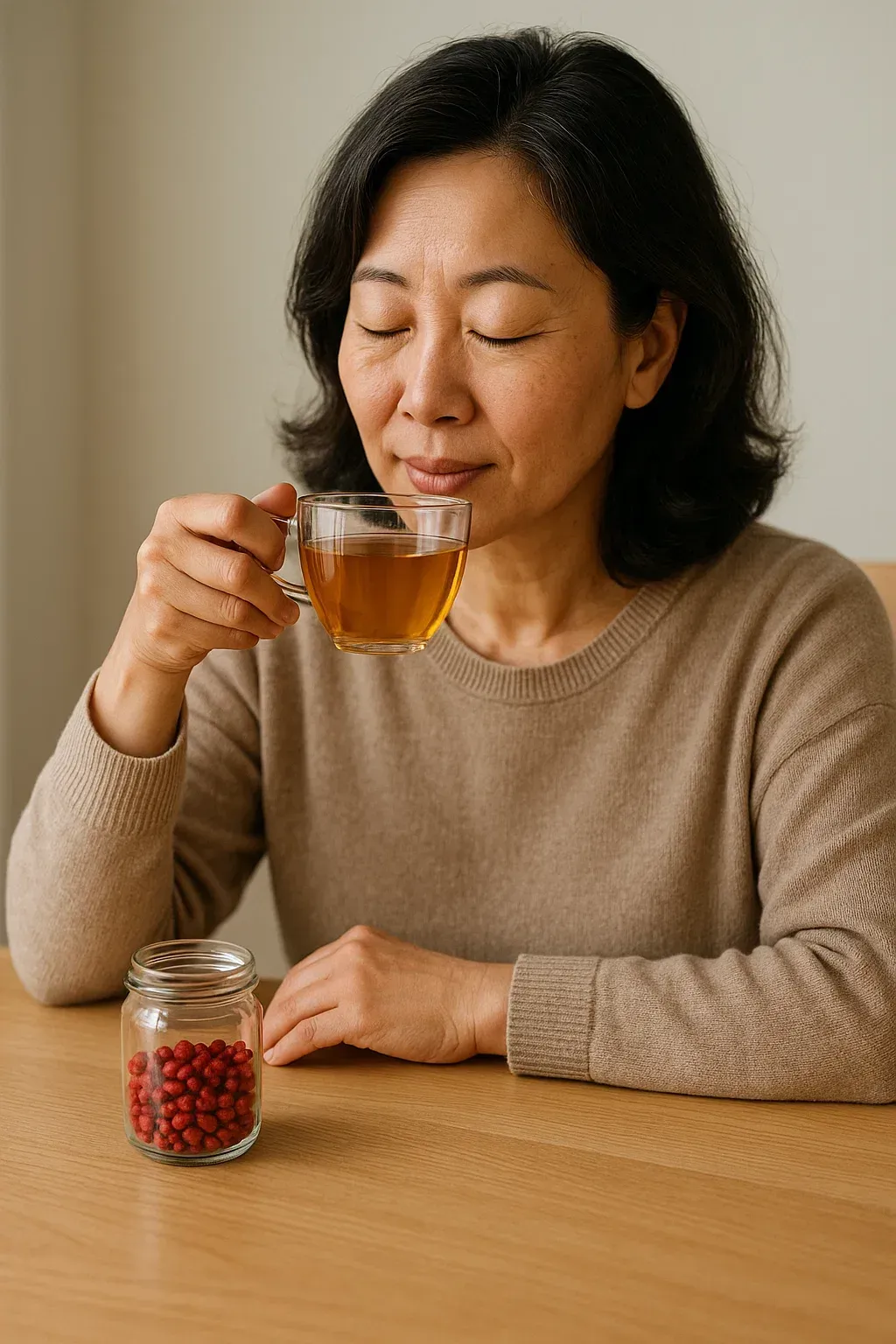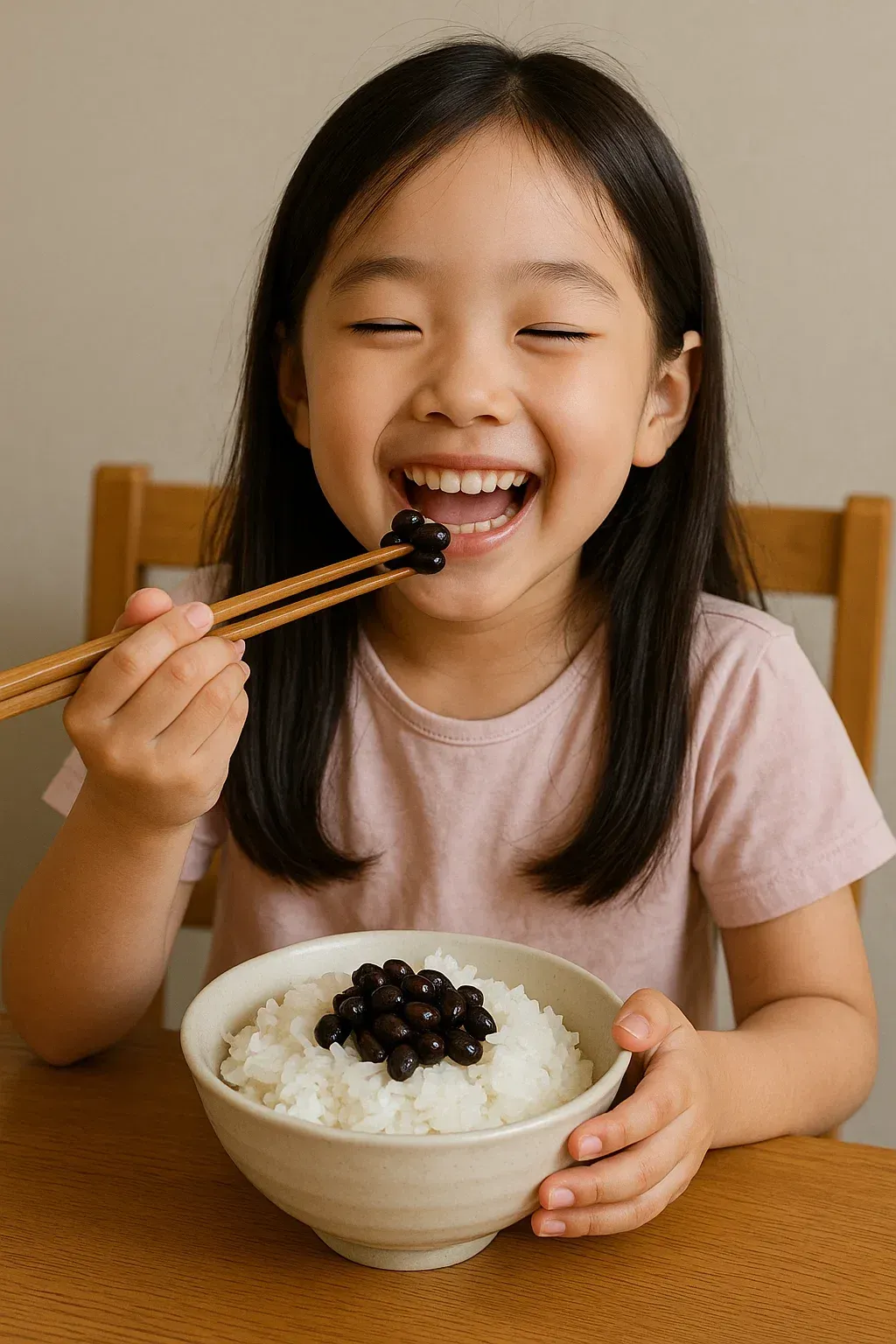The Digestive Powerhouse: A Dietitian's Guide to Radish Root (무) in Herbal Medicine
While many herbs are tonics that build the body, others are essential for ensuring everything flows smoothly. The humble Radish, particularly its root and seeds, known in Traditional Chinese Medicine (TCM) as Luo Bo (萝卜) or Lai Fu Zi (莱菔子) for the seeds, is a prime example of a food-herb focused on regulating stagnation. As a dietitian, I frequently recommend incorporating this root for its exceptional ability to resolve food stagnation, aid digestion, and ensure metabolic efficiency.
Clearing the Blockages: The Regulating Role of Luo Bo
Luo Bo (the radish root) and Lai Fu Zi (the radish seed) are classified as pungent and sweet, and neutral to slightly cool. They primarily target the Spleen, Stomach, and Lung meridians. Their core traditional function is to descend Qi, resolve food stagnation, and reduce phlegm. This makes them indispensable whenever there is a feeling of fullness, bloating, heavy appetite, or congestion after eating.
Scientifically, radishes are rich in fiber, Vitamin C, and glucosinolates (sulfur-containing compounds similar to those in broccoli). These glucosinolates break down into active compounds (like isothiocyanates) that stimulate digestive enzymes, support detoxification, and contribute to the root's pungent flavor
and gas-relieving properties.
The Science-Backed Benefits of Radish
Modern research validates the traditional uses of Luo Bo and its seeds, confirming its role in digestive and metabolic health:
- Resolving Food Stagnation and Bloating: This is the most crucial function. In TCM, food stagnation means food isn't moving through the digestive system efficiently, leading to fullness, burping, and gas. The pungent quality of Luo Bo stimulates the production of digestive juices and enzymes. Its high fiber and stimulating compounds help break down heavy, rich, or fatty foods more efficiently, quickly alleviating post-meal discomfort and bloating.
- Aiding Detoxification and Liver Health: The glucosinolates in radishes are renowned for supporting the body's natural detoxification pathways, particularly in the liver. By enhancing the liver’s ability to process and eliminate toxins, the root contributes to overall systemic cleansing and metabolic efficiency.
- Reducing Phlegm and Supporting the Lungs: Because the Stomach and Spleen are responsible for processing fluids, their dysfunction can lead to the formation of "phlegm" or thick congestion (TCM term). By powerfully regulating the Spleen and Stomach, Luo Bo helps stop the source of this phlegm and its descending action helps clear congestion from the Lungs, aiding in the relief of damp coughs or wheezing.
- Nutrient Density with Low Calories: As a whole food, radishes provide excellent hydration, Vitamin C, and fiber while being extremely low in calories, making them an excellent addition to a weight-management or cleansing diet.
Incorporating Radish into Your Wellness Routine
Luo Bo is versatile and easily consumed as a daily dietary aid:
- Raw: Eating raw radish slices (like daikon) or adding them to salads is highly effective for stimulating digestion just before or after a meal.
- Soups and Stews: Cooking radish root (like Korean mu) in soups and broths is a gentler way to gain its digestive and phlegm-resolving benefits, making it an excellent winter tonic.
- Radish Seed (Lai Fu Zi): The seeds are often lightly stir-fried and then used in herbal formulas or ground into a powder to specifically address severe food stagnation and aid digestion.
Important Cautions: Due to its powerful nature, excessive consumption of Luo Bo or Lai Fu Zi may cause loose stools. Individuals with very weak or cold digestion should consume it cooked rather than raw. Always consult with a qualified health professional before using concentrated forms like the seed.
Radish is the master regulator of the digestive tract. By integrating Luo Bo into your meals, you are actively choosing efficiency, promoting smooth flow, and ensuring your body can assimilate the nourishment it truly needs.
- Dr. Chungmoo "John" Huh, DAcCHM, L.Ac, Dipl. OM -

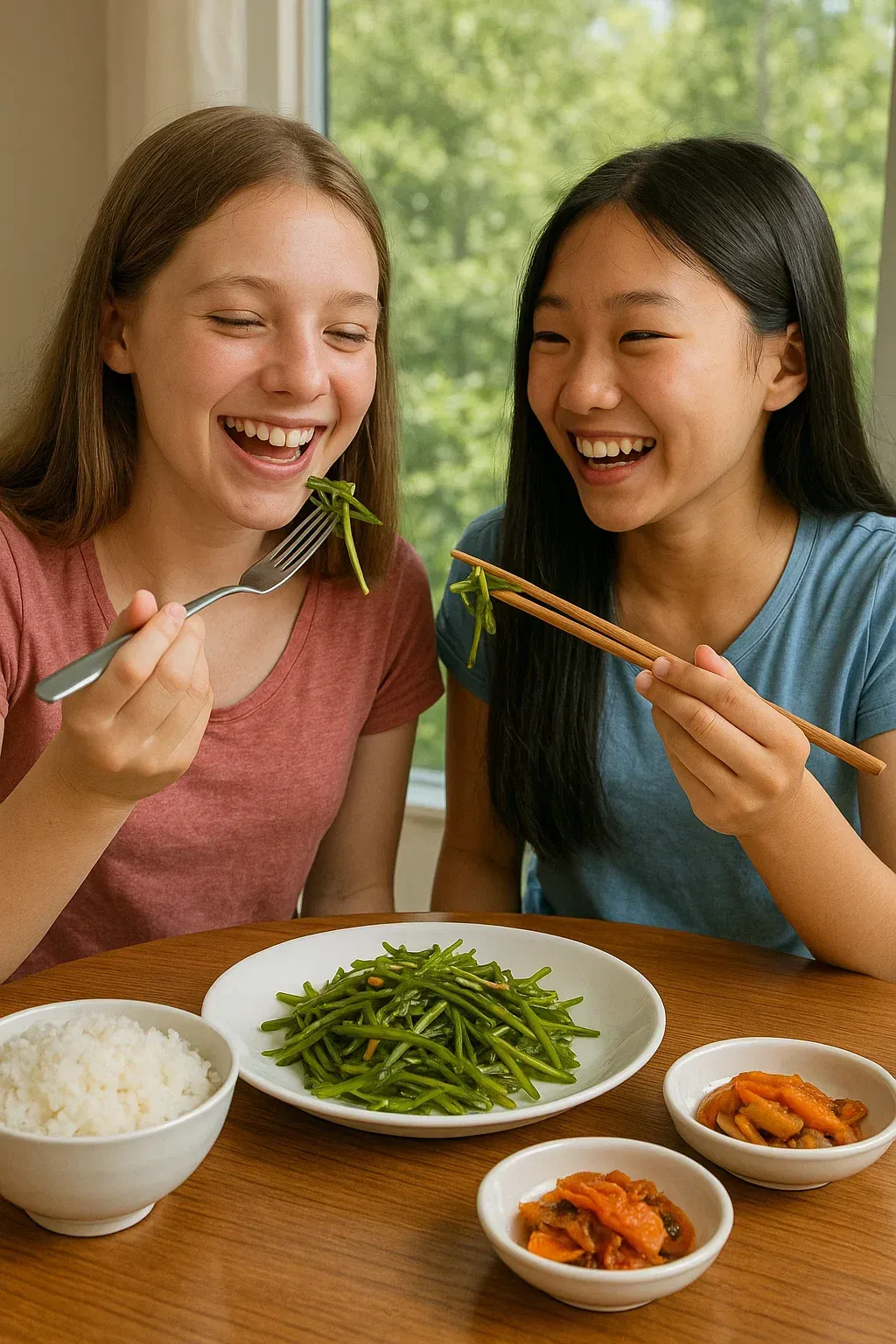
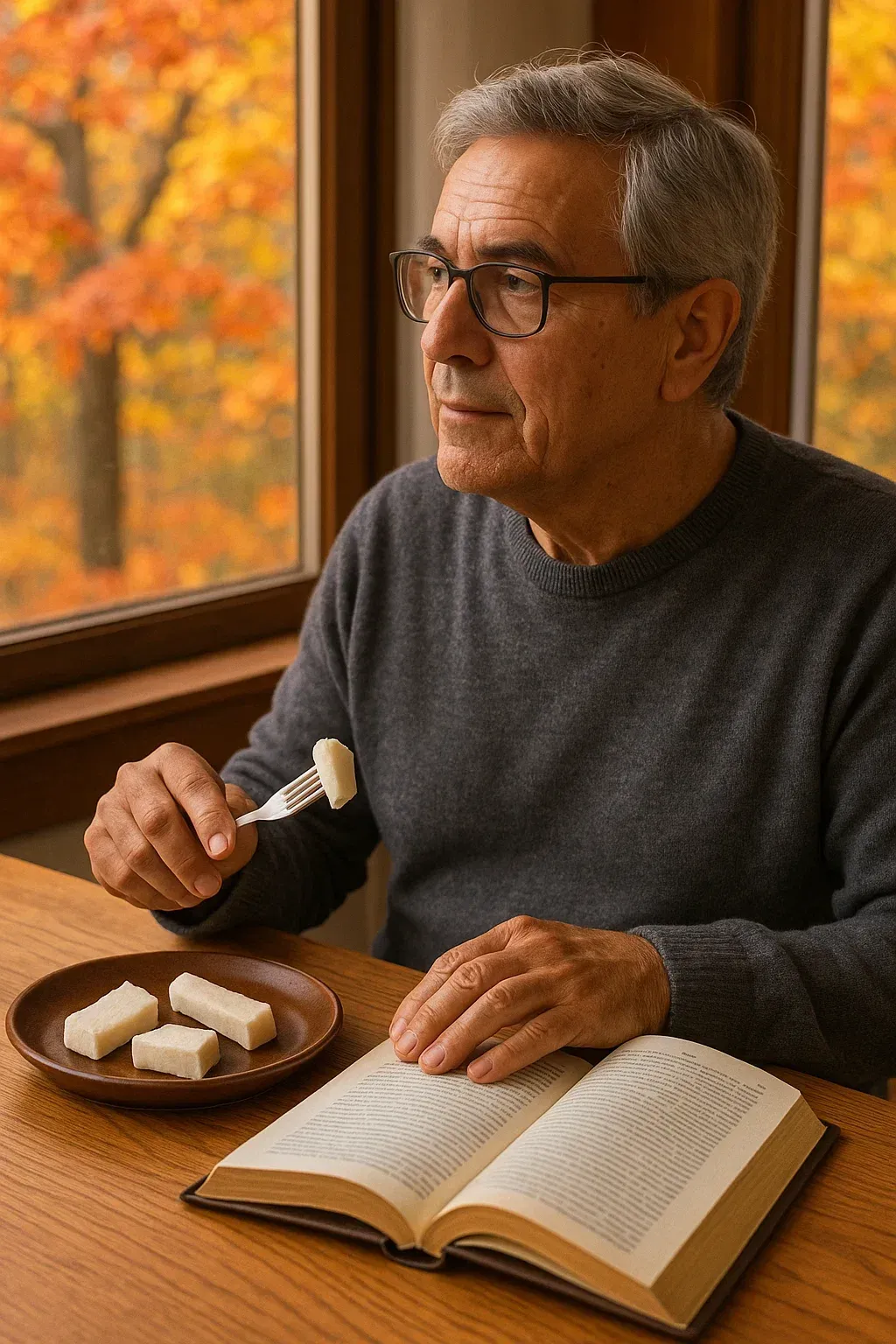
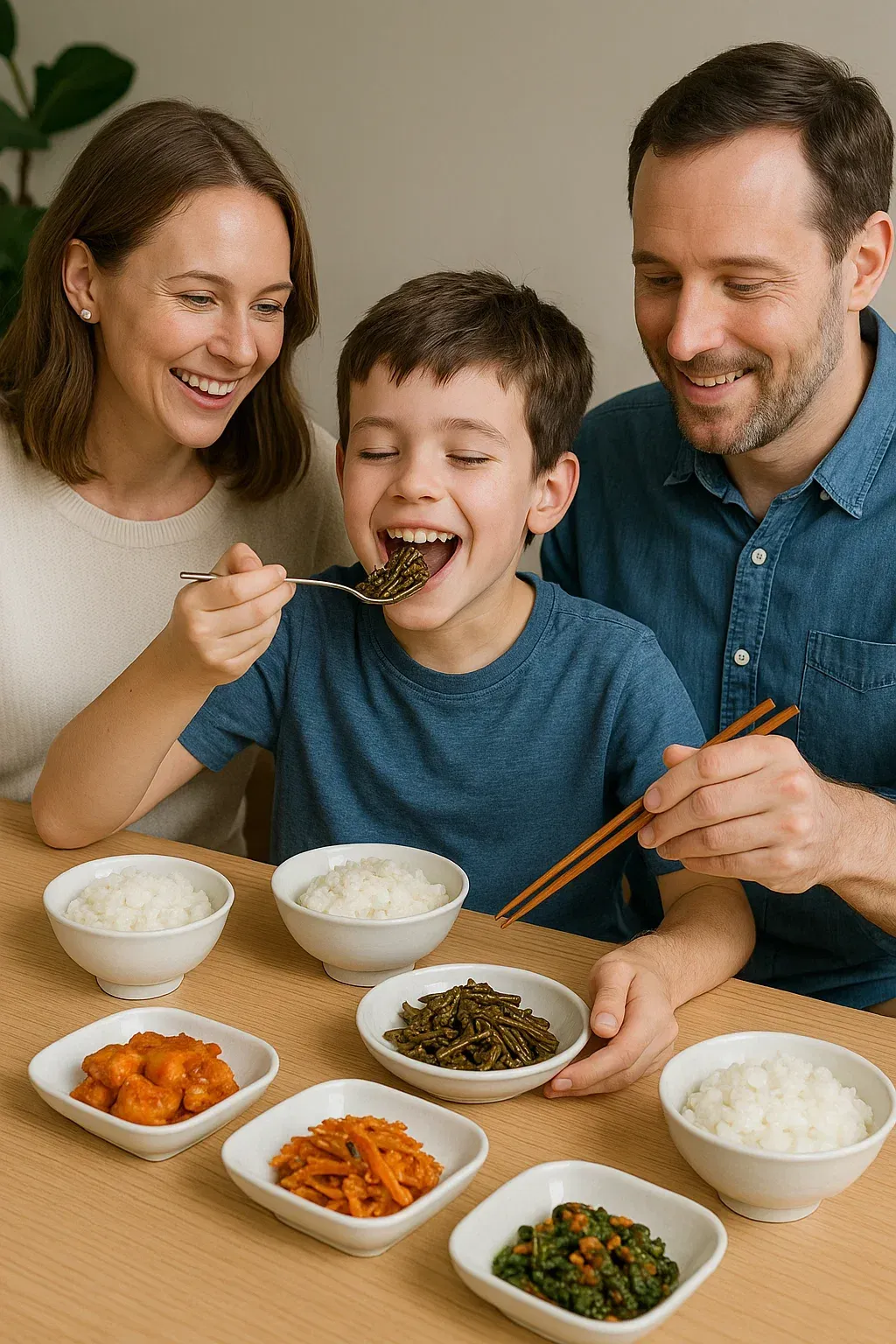
From Forest Floor to Functional Food: A Holistic Guide to Bracken Fern (고사리) in Traditional Medicine


